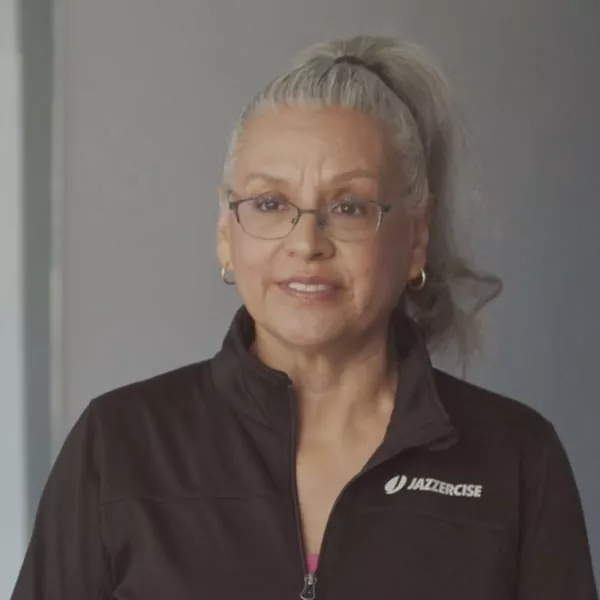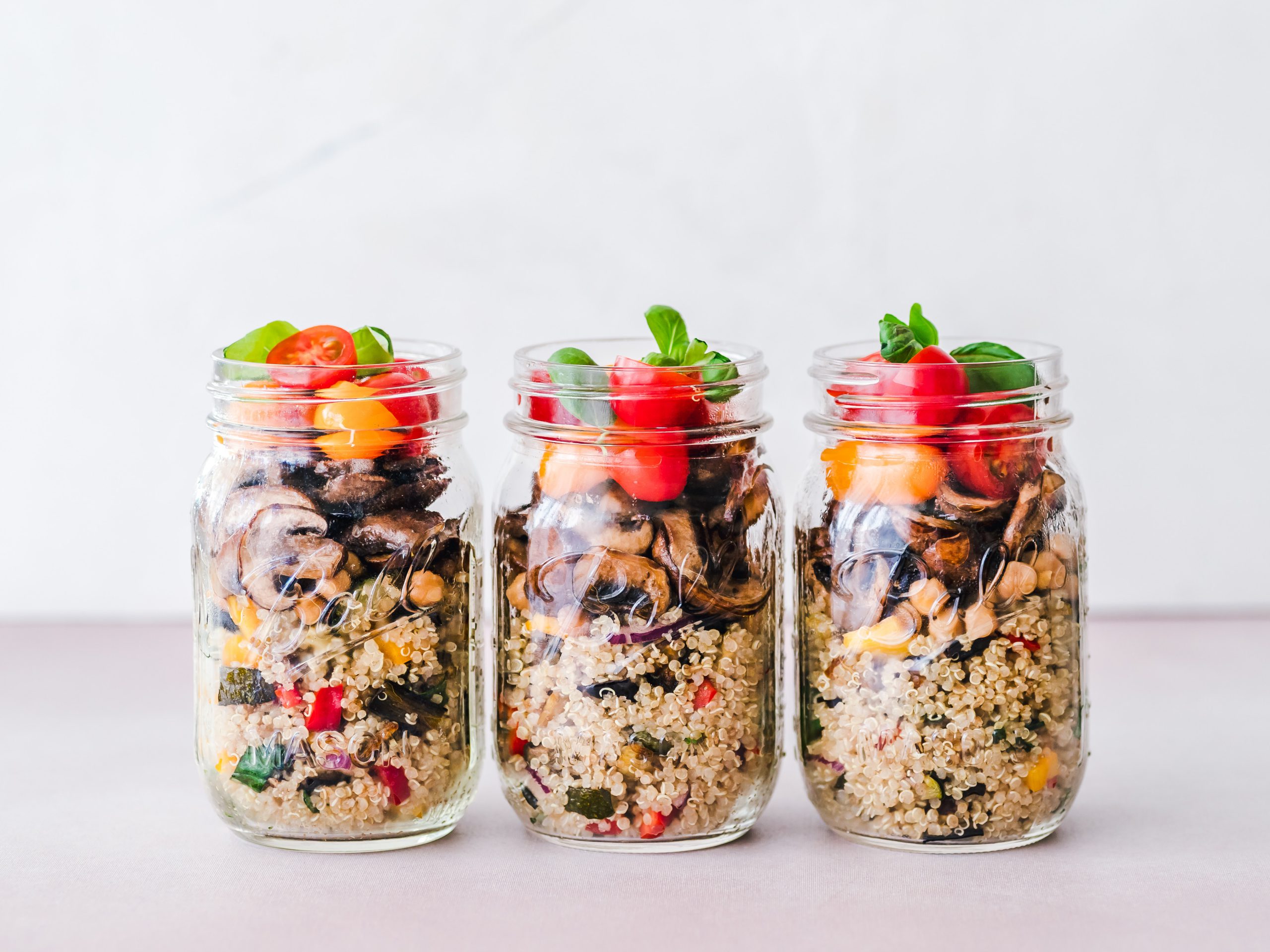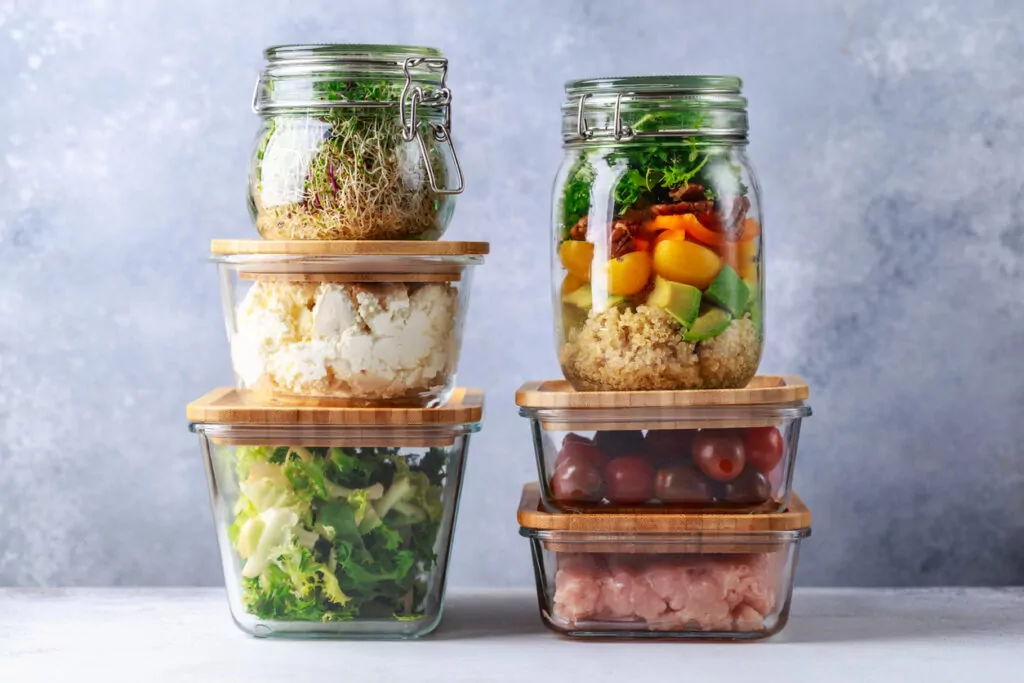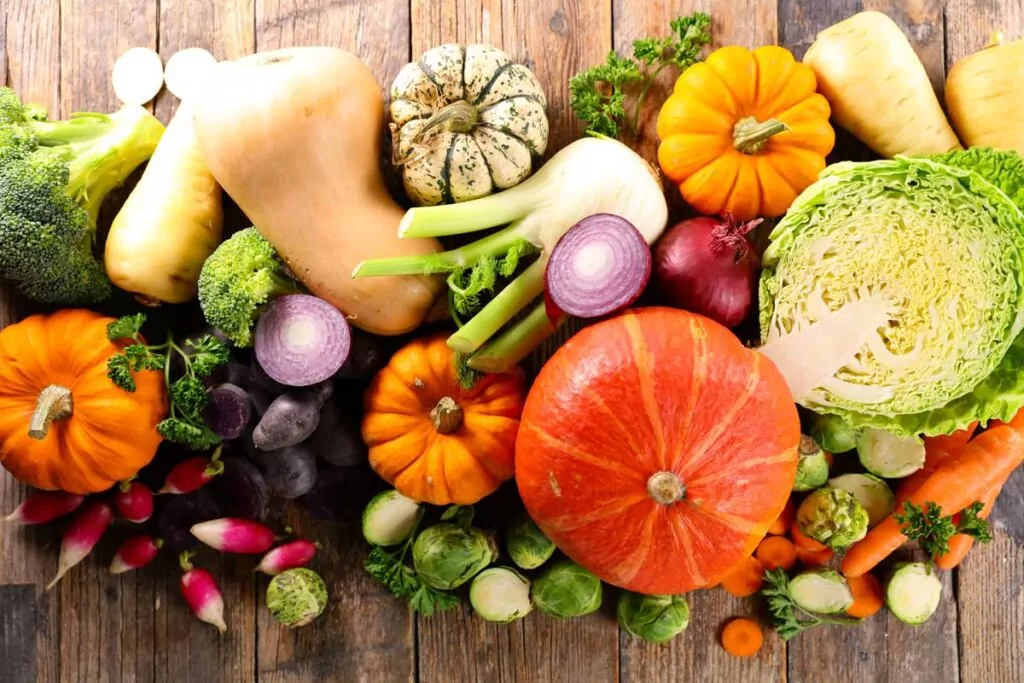I’m a dietitian and I do not like to cook. I never have and I don’t think I ever will. When I was a kid, I remember my dad saying, “If it takes longer to make it then it does to eat it, what’s the point?” While that philosophy does not lend itself to the most healthful eating habits, (hello, processed food) I can’t say I don’t understand the logic. That is why when I make food, I try to get the most value out of my time in the kitchen as possible. I like to prepare food in large quantities, or batches.
Now, before you start wondering, “woah, how much does this guy eat?” Consider this, most prepared foods have a refrigerated shelf life of 2-5 days. Why not maximize the time you spend over the stove or at the oven? Making chicken tonight for dinner? Why not make enough for tomorrow at lunch and dinner the day after, might as well while you’re at it.
I like to prepare components of meals, place each in their respective, and very handy, tupperware containers, and mix and match at meal time. Having all the components on hand, proteins, vegetables, and grains, makes it easy to create meals that are both lean and balanced in minimal time. To ensure proper balance, I would recommend measuring out portions when you’re getting started, particularly of grains!
For example, today, maybe I’ll have a salad with the turkey I made topped with the beans I have ready. I’ll also add some broccoli for some added substance. Why not, it’s already sitting ready in the tupperware. For dinner, I’m thinking quinoa, veggies, and turkey with some balsamic vinegar. I find that when I’m hungry and ready to eat, portioning out foods from containers is much less daunting than firing up the oven or burner.
There are some important things to consider here. One, it does take time to do this. I typically carve out a few hours on a Monday night, turn on the TV in the background, continuously remove our cat from the counter, and get to work. Another consideration, the supplies. A reliable set of tupperware is key! (By reliable I mean you are able to find the matching lid for the container!). Another very important consideration to keep in mind here is making sure to utilize safe food handling practices. Foods should be cooled to 70 degrees within the first two hours after cooking, and 40 degrees within four. A safe bet is to allow the food to cool for 20-30 minutes and then place in the fridge.
Some work is required but you’ll find that when meal time rolls around, as it always tends to do, all you’ll need are your desired utensils, a measuring cup, and maybe a microwave. I find it’s much easier to make healthy choices when they’re taking up space in your refrigerator, ready and waiting.






